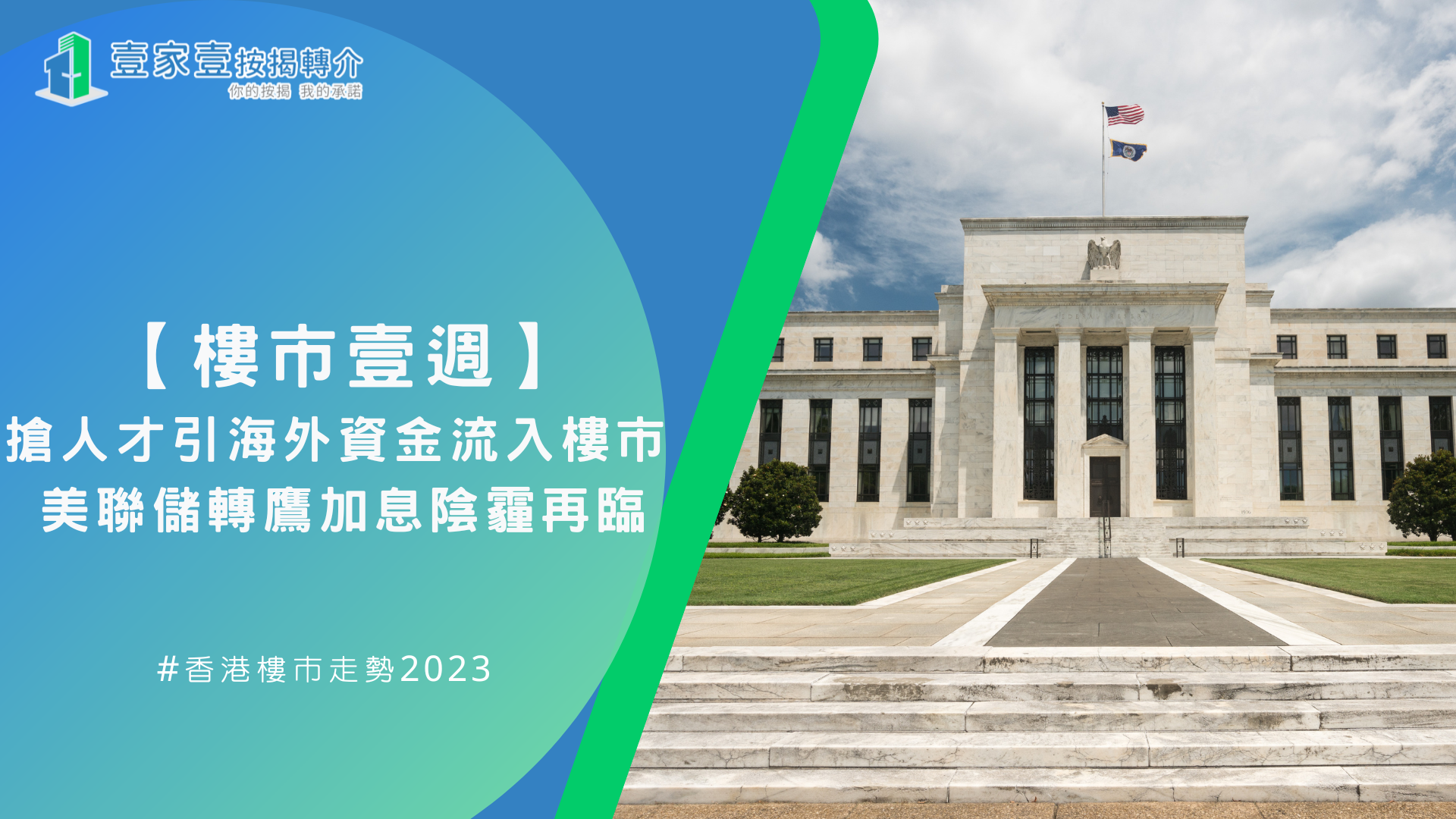The Federal Reserve's Cautious Approach To Interest Rate Reductions

Table of Contents
Inflation Remains a Primary Concern
The most significant hurdle preventing rapid interest rate reductions is the persistent threat of inflation. Despite recent efforts, inflationary pressures remain stubbornly high, forcing the Fed to tread carefully.
Persistent Inflationary Pressures
The core inflation rate, a key metric monitored by the Fed, remains elevated. Recent Consumer Price Index (CPI) data continues to show inflation exceeding the Fed's target of 2%. Several factors contribute to this persistent inflation:
- Supply chain disruptions: Lingering supply chain bottlenecks continue to impact the availability of goods, pushing prices higher.
- Energy prices: Volatile energy prices, influenced by geopolitical events and global demand, contribute significantly to overall inflation.
- Wage growth: While increased wages are positive for workers, rapid wage growth can contribute to a wage-price spiral, where rising wages lead to higher prices, further fueling inflation.
The Risk of Premature Rate Cuts
Lowering interest rates prematurely carries significant risks. A premature easing of monetary policy could reignite inflationary pressures, potentially leading to:
- A wage-price spiral: Lower interest rates could boost demand, leading to increased wage demands, which in turn lead to higher prices, creating a vicious cycle.
- Increased consumer spending: Lower borrowing costs might encourage excessive consumer spending, further fueling demand-pull inflation.
- Loss of credibility: If the Fed is perceived as reacting too quickly to perceived economic weakness without addressing persistent inflation, it could lose credibility and damage its effectiveness in controlling inflation in the future.
Concerns About an Economic Slowdown/Recession
The Fed faces a delicate balancing act: controlling inflation without triggering a recession. While aggressive interest rate hikes help curb inflation, they also risk slowing economic growth too sharply.
Balancing Inflation Control with Economic Growth
The primary goal is to achieve a "soft landing"—a scenario where inflation is brought under control without triggering a significant economic downturn. However, the risk of a recession remains a considerable concern.
- Impact on employment: Higher interest rates can lead to reduced business investment and hiring, impacting employment levels.
- Consumer spending slowdown: Increased borrowing costs can decrease consumer spending, potentially triggering a contraction in economic activity.
- Business investment decline: Higher interest rates make borrowing more expensive, discouraging businesses from investing in expansion and new projects.
Assessing Economic Data and Future Projections
The Fed meticulously monitors a range of economic indicators to guide its decisions. This includes:
- GDP growth: Measures the overall growth of the economy.
- Unemployment rates: Indicates the level of joblessness in the economy.
- Consumer confidence: Reflects consumer sentiment regarding the economy.
However, forecasting economic trends is inherently challenging, and uncertainties remain a significant factor in monetary policy decisions. The Fed must carefully weigh the risks of acting too aggressively or too passively.
The Role of Quantitative Tightening (QT)
Quantitative tightening (QT) complements interest rate hikes in controlling inflation. QT involves reducing the money supply by shrinking the Fed's balance sheet.
Reducing the Money Supply
QT works by reducing the amount of money circulating in the economy. This helps to curb inflation by decreasing demand.
- Reduction of the Fed's balance sheet: The Fed achieves this by allowing bonds to mature without reinvesting the proceeds.
- Impact on liquidity: This process reduces liquidity in the financial markets, making it more expensive for banks and businesses to borrow money.
The Gradual Approach to QT
The Fed is employing a gradual approach to QT to minimize potential disruptions to financial markets. A rapid unwinding of the balance sheet could:
- Increase market volatility: Sudden shifts in liquidity can trigger significant market fluctuations.
- Create a credit crunch: Reduced liquidity can make credit harder and more expensive to obtain, potentially hindering economic activity.
Conclusion
The Federal Reserve's cautious approach to interest rate reductions stems from a confluence of factors: persistent inflation, concerns about a potential recession, and the ongoing implementation of quantitative tightening. The economic situation is complex, demanding a measured response. The Fed's strategy reflects a careful balancing act between controlling inflation and fostering sustainable economic growth. Understanding these nuances is crucial for navigating the current economic landscape.
Call to Action: Stay informed about the Federal Reserve's decisions regarding interest rate reductions and other monetary policy actions. Follow economic news closely to make informed financial decisions and to better understand the impact of the Federal Reserve's policies on your personal finances and investments. Further reading on monetary policy, inflation, and economic forecasting will enhance your understanding of this complex subject. Understanding the Federal Reserve's cautious approach to interest rate reductions is crucial for navigating the current economic landscape.

Featured Posts
-
 Jeanine Pirro Her Educational Background Net Worth And Public Profile
May 10, 2025
Jeanine Pirro Her Educational Background Net Worth And Public Profile
May 10, 2025 -
 Nottingham Attack Survivors First Hand Accounts Of The Tragedy
May 10, 2025
Nottingham Attack Survivors First Hand Accounts Of The Tragedy
May 10, 2025 -
 Inquiry Into Nottingham Attacks Retired Judge Takes The Lead
May 10, 2025
Inquiry Into Nottingham Attacks Retired Judge Takes The Lead
May 10, 2025 -
 Metas 168 Million Payment In Whats App Spyware Case Analysis And Outlook
May 10, 2025
Metas 168 Million Payment In Whats App Spyware Case Analysis And Outlook
May 10, 2025 -
 Top 10 Film Noir Films A Binge Worthy List
May 10, 2025
Top 10 Film Noir Films A Binge Worthy List
May 10, 2025
